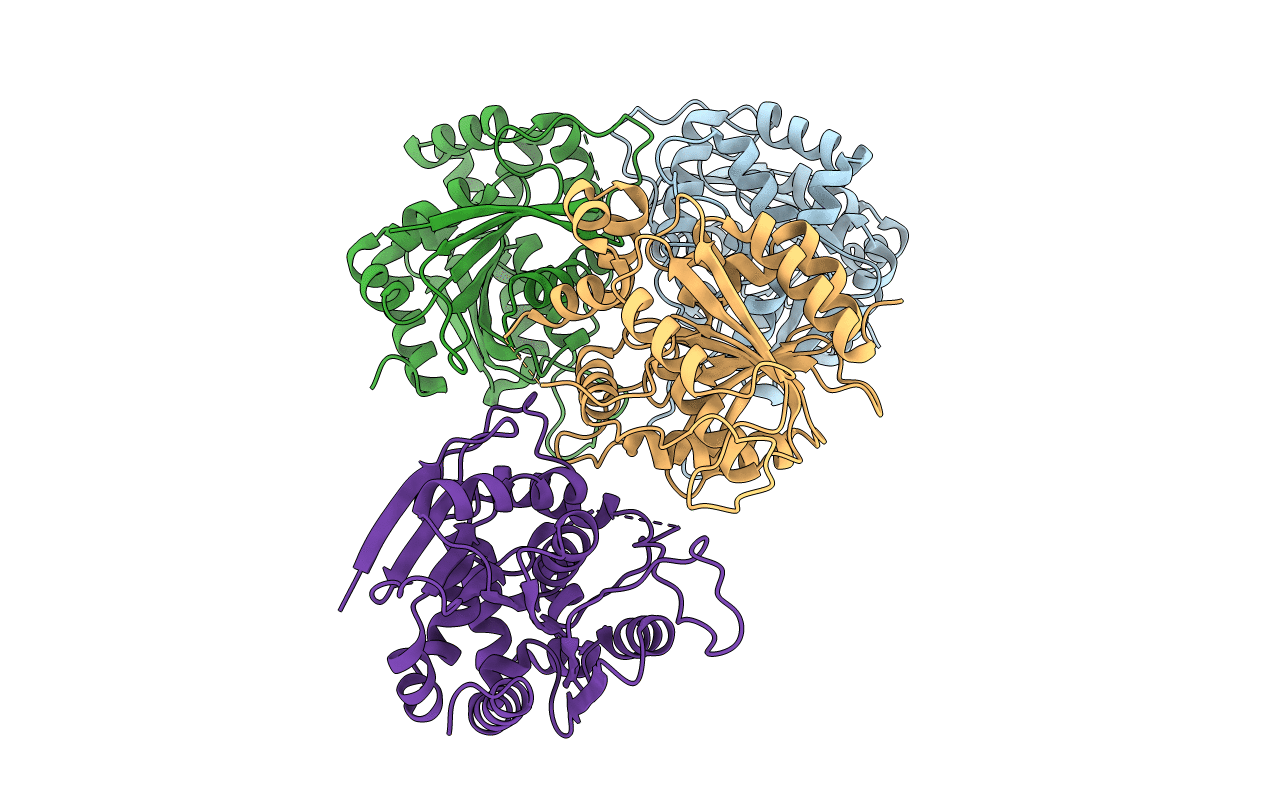
Deposition Date
2019-10-16
Release Date
2020-08-26
Last Version Date
2023-11-22
Method Details:
Experimental Method:
Resolution:
3.40 Å
R-Value Free:
0.27
R-Value Work:
0.24
Space Group:
P 31 2 1


